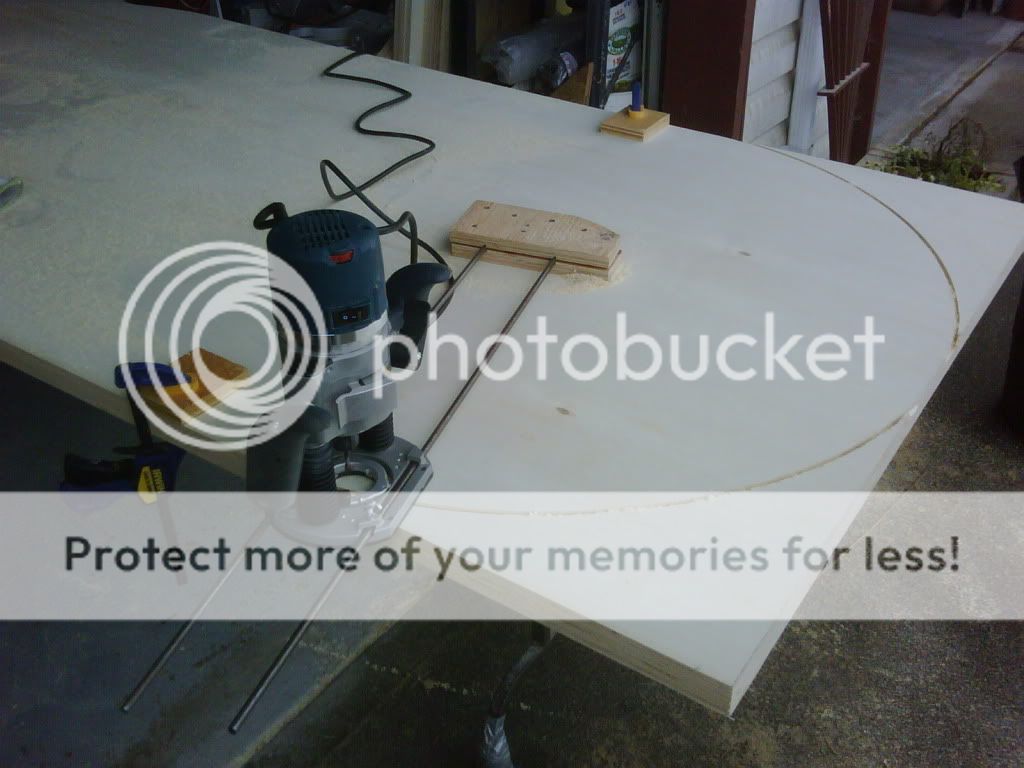bivey
Full House
it's this time of year when I have some time off and the snow piles up and I go stir crazy.
This winter I have decided to make my first table. I have no experience with power tools which are generally frowned upon in my profession. I would like to make a nice arc as I cut plywood and am curious as to which tool will make a nice arc. I can trace an arc and use a jigsaw, but I know there are more precise methods. Any help would be appreciated.
Please be specific as I have a very small vocabulary in this realm.
This winter I have decided to make my first table. I have no experience with power tools which are generally frowned upon in my profession. I would like to make a nice arc as I cut plywood and am curious as to which tool will make a nice arc. I can trace an arc and use a jigsaw, but I know there are more precise methods. Any help would be appreciated.
Please be specific as I have a very small vocabulary in this realm.


